Home>Garden Essentials>How Do Carrots Seed
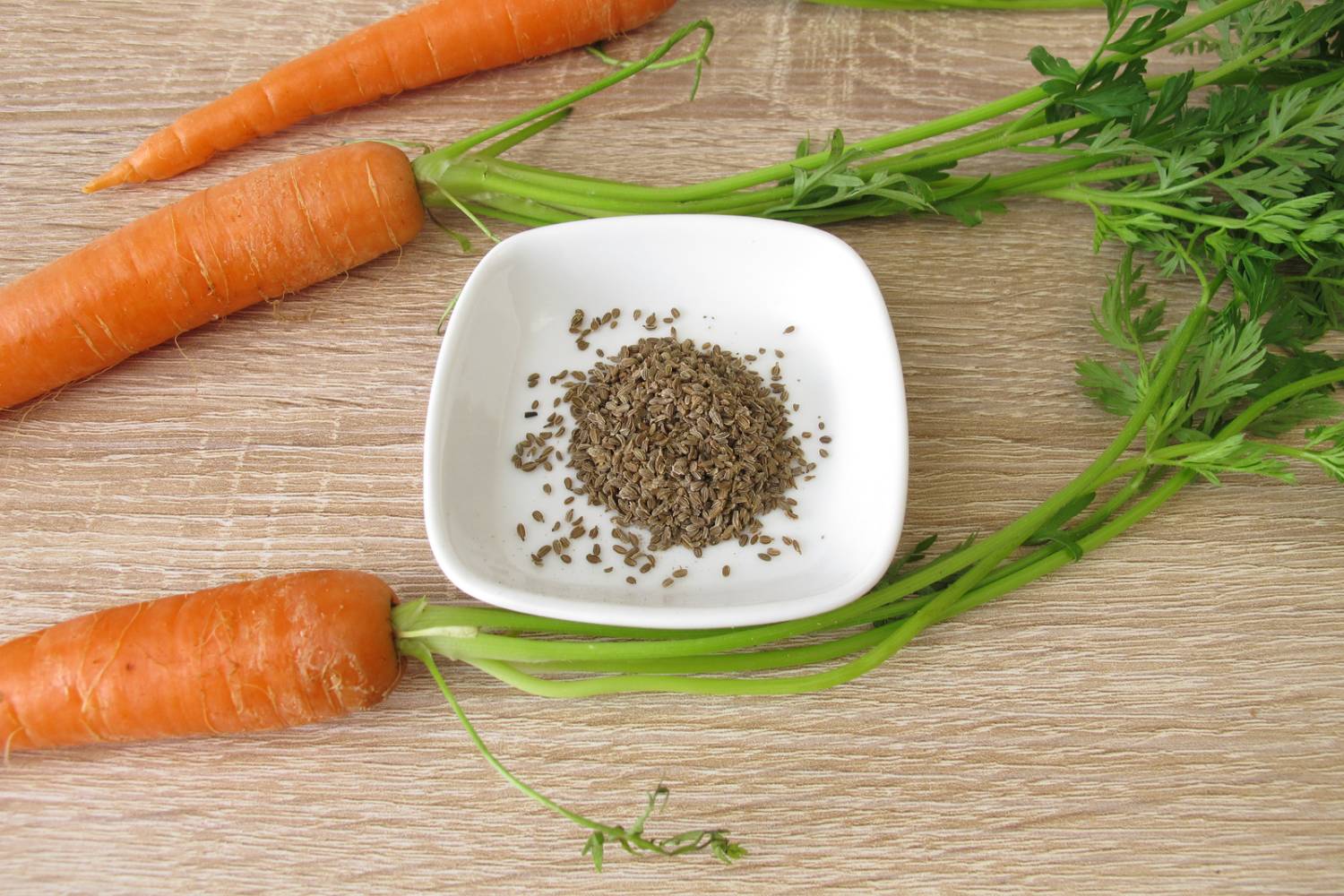

Garden Essentials
How Do Carrots Seed
Modified: April 22, 2024
Learn how to grow your own carrots from seed in your garden. Discover the step-by-step process and tips for a successful carrot harvest.
(Many of the links in this article redirect to a specific reviewed product. Your purchase of these products through affiliate links helps to generate commission for Storables.com, at no extra cost. Learn more)
Introduction
Welcome to the fascinating world of carrot seeds! If you have ever wondered how carrots grow from tiny seeds into delicious, vibrant orange roots, then this article is for you. Carrots are not only a nutritious vegetable but also a popular choice for garden enthusiasts due to their versatility and relatively simple cultivation process.
In this article, we will take a closer look at carrot seeds and explore the entire journey from germination to harvest. You will gain a deeper understanding of the optimal conditions for germination, how to plant carrot seeds, and how to care for the seedlings as they grow. We will also delve into the process of harvesting and storing carrot seeds, allowing you to propagate your carrot crop year after year.
Whether you are a novice gardener or an experienced horticulturist, learning about carrot seeds will help you appreciate the intricate cycle of plant life and empower you to grow your own nutritious and delicious carrots. So, let’s dig in and unravel the secrets of carrot seed propagation!
Key Takeaways:
- Carrot seeds need moisture, cool temperatures, and proper planting depth for successful germination. Careful attention to watering, weeding, and thinning leads to healthy, flavorful homegrown carrots.
- Harvesting and storing carrot seeds allows for sustainable gardening and the preservation of unique varieties. Proper drying, labeling, and storage in cool, dry conditions ensure viable seeds for future plantings.
Read more: When Do You Plant Carrot Seeds
Understanding Carrot Seeds
Carrot seeds are the precious vessels that contain the potential for a whole new generation of carrot plants. These small, elongated seeds may appear unassuming, but they hold the key to the growth and development of the vibrant orange roots we know and love. Understanding the characteristics and life cycle of carrot seeds is crucial for successful cultivation.
Carrot seeds are typically tiny, ranging in color from light brown to dark brown. They have a unique shape, resembling a short, pointed cylinder. This shape allows the seeds to penetrate the soil easily during germination and ensures a secure anchoring of the developing root system.
Carrot seeds are considered dry seeds, meaning they are not surrounded by any fleshy fruit like some other plant seeds. Instead, they are enclosed within a protective seed coat that helps maintain the seed’s viability and protects it from external elements.
One of the interesting aspects of carrot seeds is their longevity. When stored in appropriate conditions, carrot seeds can remain viable for several years. However, it’s important to note that the germination rate tends to decline over time. Therefore, it is recommended to use fresh carrot seeds when starting a new planting or store them properly to extend their viability.
The life cycle of a carrot seed can be divided into three main stages: dormancy, germination, and growth. During the dormancy stage, the seed remains in a state of rest, awaiting the ideal conditions to sprout. Once provided with optimal conditions, the seed undergoes germination, where it absorbs water, swells, and breaks through the seed coat. Finally, the seedling emerges from the soil, and with proper care, develops into a mature carrot plant.
Now that we’ve covered the basics of carrot seeds, let’s move on to the next stage of the process: understanding the germination process of carrot seeds.
Germination Process of Carrot Seeds
The germination process is a crucial stage in the life cycle of carrot seeds. It is during this phase that the dormant seed comes to life, developing into a young seedling with the potential for growth and maturity. Understanding the germination process is essential for providing the optimal conditions that will ensure successful seedling establishment.
Germination begins when the carrot seeds absorb water, triggering a series of biochemical reactions within the seed. This absorption causes the seed to swell, exerting pressure on the seed coat until it eventually splits open. As the seed coat breaks, the tiny root (radicle) emerges, followed by the emergence of the shoot (plumule). Once the root and shoot have emerged, the seedling begins to grow actively.
One of the key factors influencing the germination process is moisture. Carrot seeds require consistent moisture levels to initiate germination successfully. It is essential to keep the growing medium, typically soil, consistently moist but not overly saturated. To maintain the desired moisture level, regular watering is necessary, especially during dry periods.
Another critical factor for successful germination is temperature. Carrot seeds prefer cooler temperatures between 50°F and 75°F (10°C and 24°C) for optimal germination. Temperatures outside this range can hinder or delay germination. Gardeners should aim to sow carrot seeds during the appropriate season when the temperatures are within this desired range.
Light is not a significant factor for germination in the case of carrot seeds. Unlike some other plant species, carrot seeds do not require light to initiate germination. Therefore, they can be sown at a suitable depth to ensure good soil contact without the need for exposure to direct sunlight.
It’s important to note that the germination process usually takes around one to three weeks, but it can vary depending on environmental conditions and seed quality. Patience is key during this period, as it may take some time before the first signs of seedling emergence become visible.
Now that we have explored the germination process of carrot seeds, let’s delve into the optimal conditions required to ensure successful germination and seedling establishment.
Optimal Conditions for Carrot Seed Germination
Creating the ideal conditions for carrot seed germination is crucial to ensure a high success rate and healthy seedlings. By providing the optimal environment, you can help the seeds to overcome dormancy and encourage robust growth. Let’s explore the key factors that contribute to successful carrot seed germination.
1. Soil Quality: Carrots thrive in loose, well-draining soil that is rich in organic matter. The soil should be free from rocks, clumps, and debris to allow the tiny carrot seeds to penetrate easily. Prior to sowing, prepare the soil by removing any obstructions and incorporating compost or well-rotted organic matter to improve its fertility and structure.
2. Moisture: Carrot seeds require consistent moisture levels for germination. Before sowing, thoroughly moisten the soil to ensure even distribution of moisture. Throughout the germination period, monitor the soil moisture regularly and water as needed to keep the soil consistently moist but not waterlogged.
3. Temperature: Carrot seeds prefer cooler temperatures for optimal germination. The ideal temperature range is between 50°F and 75°F (10°C and 24°C). Sow the carrot seeds during the appropriate season when the temperatures are within this range to promote successful germination and seedling growth.
4. Depth of Sowing: Carrot seeds should be sown at a depth of approximately ¼ to ½ inch (0.6 to 1.25 cm). Planting the seeds too shallowly can result in poor germination, while planting them too deeply may cause the seedlings to struggle to emerge. Ensure good soil contact by lightly pressing the soil after sowing.
5. Light: Unlike some plant species, carrot seeds do not require light to initiate germination. Therefore, they can be sown at a suitable depth to ensure good soil contact without any need for exposure to direct sunlight.
6. Thinning: Once the carrot seedlings have emerged, it is important to thin them to allow enough space for proper growth. Crowded seedlings compete for resources and can result in stunted carrots. Thin the seedlings to approximately 2 to 3 inches (5 to 7.5 cm) apart to ensure they have adequate space to develop into healthy plants.
By providing these optimal conditions, you can maximize the chances of successful carrot seed germination and create a favorable environment for healthy seedling growth. Now that we know how to create the perfect conditions for germination, let’s move on to the next step: planting carrot seeds.
Planting Carrot Seeds
Planting carrot seeds is an exciting and rewarding endeavor that allows you to witness the magic of nature as tiny seeds transform into vibrant orange root vegetables. To ensure successful growth and a bountiful harvest, it is important to follow proper planting techniques. Let’s dive into the steps involved in planting carrot seeds.
1. Prepare the Soil: Start by preparing the soil for planting. Choose a sunny location in your garden with loose, well-draining soil. Remove any rocks, clumps, or debris, and loosen the soil using a garden fork or a tiller. Incorporate compost or well-rotted organic matter to enrich the soil and improve its fertility.
2. Sow the Seeds: Carrot seeds are small, so it’s helpful to mix them with sand or vermiculite to ensure even distribution. This will also help you see where you’ve sown the seeds. Create furrows in the prepared soil that are approximately ¼ to ½ inch (0.6 to 1.25 cm) deep, depending on the seed size. Sow the seeds thinly along the furrows, spacing them according to the recommended seed packet guidelines.
3. Cover and Water: After sowing the seeds, cover them with a thin layer of soil or vermiculite. Lightly press the soil to ensure good seed-to-soil contact. Water the area gently using a watering can or a mist setting on a hose to avoid displacing the seeds. Keep the soil consistently moist throughout the germination period.
4. Provide Care: As the seedlings emerge, continue to monitor moisture levels in the soil and water as needed to keep it consistently moist. Weed regularly but be careful not to disturb the fragile carrot seedlings. Mulching can help suppress weeds and retain soil moisture, but be cautious not to cover the seedlings.
5. Thin the Seedlings: Once the seedlings have grown a few inches tall, it’s time to thin them. Crowded seedlings can compete for resources and result in stunted growth. Carefully remove excess seedlings, leaving the strongest and healthiest ones spaced approximately 2 to 3 inches (5 to 7.5 cm) apart. This will give the remaining seedlings room to develop into mature carrots.
6. Maintain Care: Throughout the growing season, continue to provide adequate water, especially during dry periods. Monitor for pests, such as carrot flies or slugs, and take appropriate measures to protect your carrot plants. Regularly inspect the foliage for any signs of disease or nutrient deficiencies and address them promptly.
With careful planting and proper care, your carrot seeds will soon sprout into healthy seedlings, ready to embark on their journey toward becoming delicious carrots. Stay patient and consistent in your care, and before you know it, you’ll be enjoying a bountiful harvest of homegrown carrots.
Now that we have covered the process of planting carrot seeds, let’s move on to the next stage: caring for carrot seedlings.
Carrots are biennial plants, meaning they produce seeds in their second year. To collect seeds, allow the carrot plant to flower and the seeds to mature. Harvest the seeds by cutting the seed heads and drying them before storing.
Caring for Carrot Seedlings
Once your carrot seedlings have emerged from the soil, it’s crucial to provide them with proper care to ensure healthy growth and development. Carrots are relatively low-maintenance plants, but there are a few key aspects to consider when caring for carrot seedlings. Let’s explore the essential care practices for nurturing your growing carrot plants.
1. Watering: Consistent moisture is essential for carrot seedlings as they establish their root system. Keep the soil evenly moist but not waterlogged. Water deeply at the base of the plants to encourage deep root growth. Monitor the soil moisture and adjust your watering schedule accordingly, ensuring that the soil doesn’t dry out completely.
2. Weed Control: Weeds can compete with carrot seedlings for nutrients, sunlight, and water, which can hamper their growth. Regularly remove any weeds in the vicinity of your carrot plants, being careful not to disturb the shallow root system. Mulching around the plants can help suppress weeds and conserve soil moisture.
3. Thinning: As the carrot seedlings grow, it’s important to thin them to provide adequate space for each plant to develop. Refer to the recommended spacing on the seed packet or thin to approximately 2 to 3 inches (5 to 7.5 cm) apart. This will prevent overcrowding and allow the remaining seedlings to grow into healthy, full-sized carrots.
4. Fertilization: Carrots are generally light feeders, but they can benefit from a balanced fertilizer application during their growth. Prior to planting the seeds, incorporate compost or well-rotted organic matter into the soil to provide a nutrient-rich foundation. As the seedlings grow, you can consider side-dressing them with a slow-release fertilizer to ensure steady nutrition throughout the season.
5. Pest and Disease Management: Carrot flies and slugs are common pests that can damage carrot plants. To deter carrot flies, you can use physical barriers like floating row covers or companion planting with aromatic herbs like rosemary or sage. Slugs can be controlled using organic methods such as handpicking, slug traps, or applying diatomaceous earth around the plants. Keep an eye out for signs of disease, such as leaf spots or rot, and take appropriate steps to prevent the spread or treat the affected plants.
6. Sunlight: Carrots thrive in full sun, receiving at least 6 to 8 hours of direct sunlight per day. Ensure that your carrot seedlings are in a location where they can receive ample sunlight. Adequate sunlight is crucial for photosynthesis, root development, and the formation of sweet and flavorful carrots.
By following these care practices, you will foster optimal conditions for your carrot seedlings to thrive and develop into mature plants. Remember to be patient and observant, as each carrot plant will progress at its own pace. With time, effort, and proper care, you will soon be rewarded with a beautiful crop of delicious carrots.
Now that we have covered the essential care for carrot seedlings, let’s move on to the exciting process of harvesting carrot seeds.
Harvesting Carrot Seeds
Harvesting carrot seeds can be both a rewarding and exciting experience, as it allows you to save seeds for future plantings and continue the cycle of growth. While most gardeners focus on harvesting the delicious carrot roots, it’s important to note that carrots are biennial plants, meaning they complete their life cycle over two years. In the second year, they produce flowers and seeds. Let’s explore the steps involved in harvesting carrot seeds.
1. Allow Plants to Overwinter: In regions with mild winters, you can leave some of your healthiest carrot plants in the ground to overwinter. Mulch them heavily with straw or leaves to protect the roots from freezing temperatures. In colder regions, you can carefully dig up the carrot plants, ensuring that the roots remain attached to the foliage.
2. Store Overwintered Plants: If you choose to dig up the carrot plants, store them in a cool and dry location over the winter. Place the plants in a container filled with slightly moist sand, peat moss, or sawdust. Ensure that the roots are not touching each other to prevent rot or mold development.
3. Replant in Spring: In the following spring, as temperatures warm and the danger of frost has passed, replant the overwintered carrot plants in a suitable location in your garden. Allow them to grow and develop foliage during the spring and summer months.
4. Flowering and Seed Development: In their second year of growth, carrot plants will produce flower stalks, known as umbels, topped with clusters of small white flowers. As the flowers fade, they will be replaced by tiny green seed pods. These seed pods will eventually dry out and turn brown as the seeds mature within them.
5. Harvest the Seeds: Monitor the seed pods closely as they dry out. Once the majority of the pods have turned brown and crispy, it’s time to harvest the seeds. Carefully cut the seed heads from the plants, ensuring you collect as many seeds as possible. Place the seed heads in a paper bag or container to catch any seeds that may fall during the drying process.
6. Thoroughly Dry the Seeds: Before storing the harvested seeds, it’s crucial to ensure that they are completely dry. Spread the seeds on a clean, dry surface and allow them to air dry for several weeks. Stir and agitate the seeds periodically to ensure even drying and to prevent mold or moisture accumulation.
7. Store the Seeds: Once the seeds are fully dry, transfer them to airtight containers such as glass jars or seed envelopes. Label the containers with the variety and date of harvesting. Store the containers in a cool, dark, and dry location, such as a pantry or a refrigerator, to maintain seed viability for future use.
Remember, harvesting carrot seeds requires patience and attention to detail. It’s important to ensure that the seeds are fully mature and dry before storing them to prevent mold or poor germination rates. With proper harvesting and storage, you can enjoy a continuous supply of carrot seeds for future plantings.
Now that we have explored the process of harvesting carrot seeds, let’s conclude our journey into the fascinating world of carrot propagation.
Storing Carrot Seeds
Properly storing carrot seeds is essential to maintain their viability and ensure successful germination in future plantings. When stored correctly, carrot seeds can remain viable for several years, allowing you to save seeds from your own harvests or preserve favorite varieties. Let’s dive into the steps for storing carrot seeds effectively.
1. Harvest and Dry Seeds: Harvest carrot seeds when the seed pods have dried out and turned brown. Cut the seed heads from the plants and place them in a paper bag or container. Allow the seed heads to continue drying in a well-ventilated area for a few more weeks. This ensures that the seeds are fully mature and dry before storing.
2. Clean and Separate Seeds: Once the seed heads are thoroughly dry, gently shake them or rub them between your fingers to release the seeds. Remove any debris, chaff, or remaining plant matter from the seeds. You can use a sieve or fine mesh screen to help separate the seeds from the other materials.
3. Label and Package: Label your storage containers or envelopes with the variety and the year of harvest. This will help you keep track of the seeds and their age. Place the cleaned and separated carrot seeds into airtight containers, such as glass jars or seed envelopes. Make sure the containers are clean, dry, and free from any moisture that could damage the seeds.
4. Store in Cool and Dry Conditions: Proper storage conditions are crucial for preserving the viability of carrot seeds. Store the containers in a cool and dry location, away from direct sunlight. The ideal storage temperature range for carrot seeds is around 32°F to 41°F (0°C to 5°C). A pantry or a refrigerator can provide a suitable environment. However, avoid freezing the seeds as it can affect their germination potential.
5. Protect from Moisture and Pests: Moisture and pests can damage stored carrot seeds. Ensure that the storage containers are airtight and moisture-proof to prevent moisture absorption. Adding a desiccant packet or rice to the container can help absorb any residual moisture. Additionally, periodically check the stored seeds for signs of pests or mold and discard any contaminated seeds to prevent their spread.
6. Test Germination Rate: Over time, the germination rate of carrot seeds may decline. To test the viability of stored seeds, conduct a germination test before planting. Place a few seeds on a damp paper towel or in a small pot with moist soil and observe how many seeds successfully germinate. If the germination rate is low, consider obtaining fresh carrot seeds for better results.
By following these storage steps, you can maintain the viability of carrot seeds and have a steady supply of seeds for future plantings. Growing your own carrots from saved seeds not only saves money but also allows you to select for desirable traits and maintain unique varieties for years to come.
Now that we have covered the important aspect of storing carrot seeds, you are well-equipped to embark on your carrot growing journey and enjoy the rewards of homegrown carrots season after season.
Happy gardening!
Conclusion
Embarking on the journey of growing carrots from seeds is a rewarding and fulfilling experience. From understanding the anatomy and life cycle of carrot seeds to mastering the art of germination, planting, caring, and eventually harvesting and storing seeds, you have delved into the world of carrot propagation.
Carrot seeds, with their unique shape and color, hold the promise of a bountiful harvest. Throughout the germination process, providing optimal conditions such as moisture, temperature, and proper planting depth ensures successful seedling establishment. With diligent care, including regular watering, weed control, and thinning, your carrot seedlings will grow into thriving plants.
As the plants mature into their second year, they will produce lovely flowers and seed heads. Harvesting carrot seeds requires patience as you wait for the seed heads to dry out. Once collected, proper cleaning, labeling, and packaging are crucial for effective storage. Storing carrot seeds in cool, dry conditions safeguards their viability for future plantings.
By growing your own carrots from saved seeds, you have the opportunity to embrace sustainability, cherish heirloom varieties, and customize your harvest to suit your preferences. You can savor the flavors of homegrown carrots, knowing you have nurtured the plants from tiny seeds to vibrant orange roots.
Remember, gardening is a continuous learning experience. As you gain expertise in growing carrots, you can experiment with different varieties, companion plantings, and techniques to enhance your harvest. Don’t be afraid to get your hands dirty, adapt to the unique needs of your growing environment, and enjoy the process of nurturing your carrot plants.
Now that you have a deeper understanding of carrot seeds and the journey they undertake, it’s time to put your knowledge into action. So grab your gardening tools, prepare your soil, and let the magic of carrot seeds unfold before your eyes. May your carrot beds be filled with healthy plants, plentiful harvests, and the joy that comes from cultivating your own food.
Happy gardening!
Frequently Asked Questions about How Do Carrots Seed
Was this page helpful?
At Storables.com, we guarantee accurate and reliable information. Our content, validated by Expert Board Contributors, is crafted following stringent Editorial Policies. We're committed to providing you with well-researched, expert-backed insights for all your informational needs.
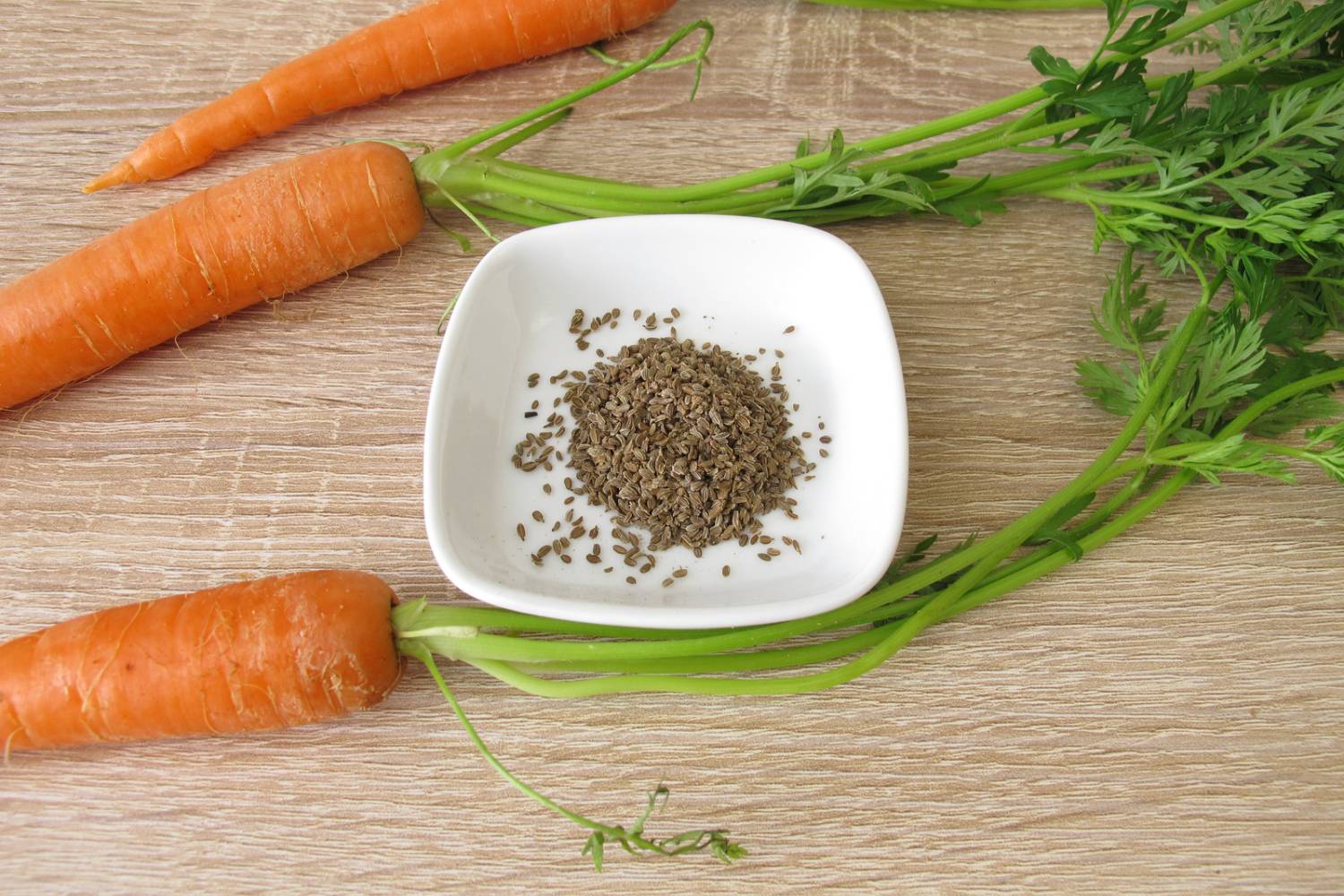
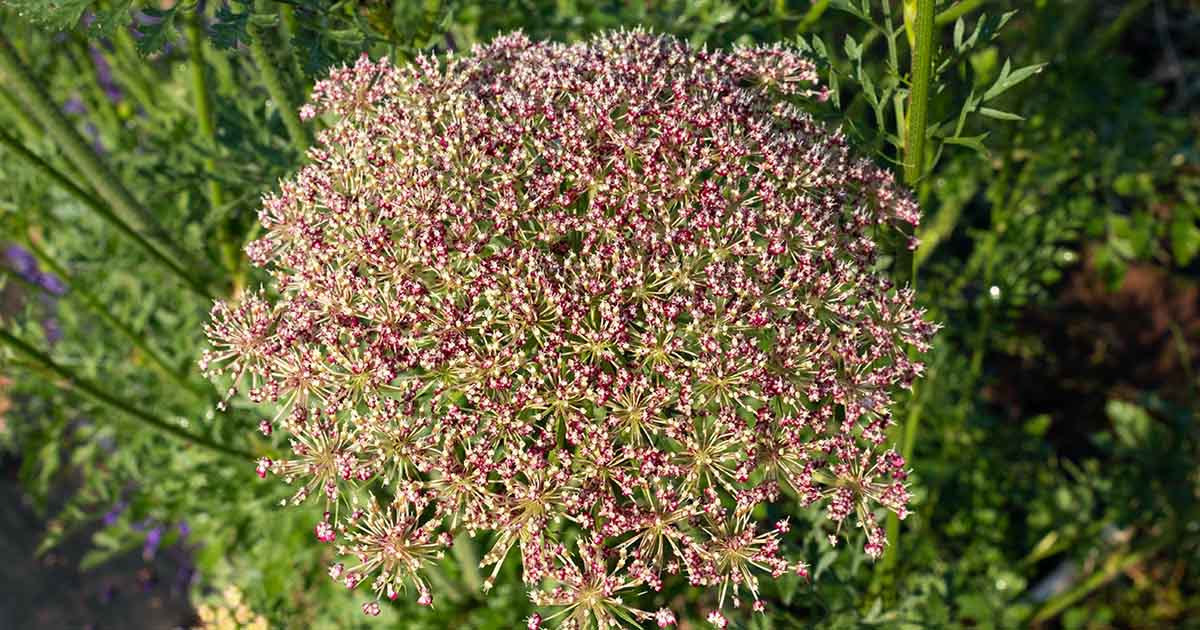
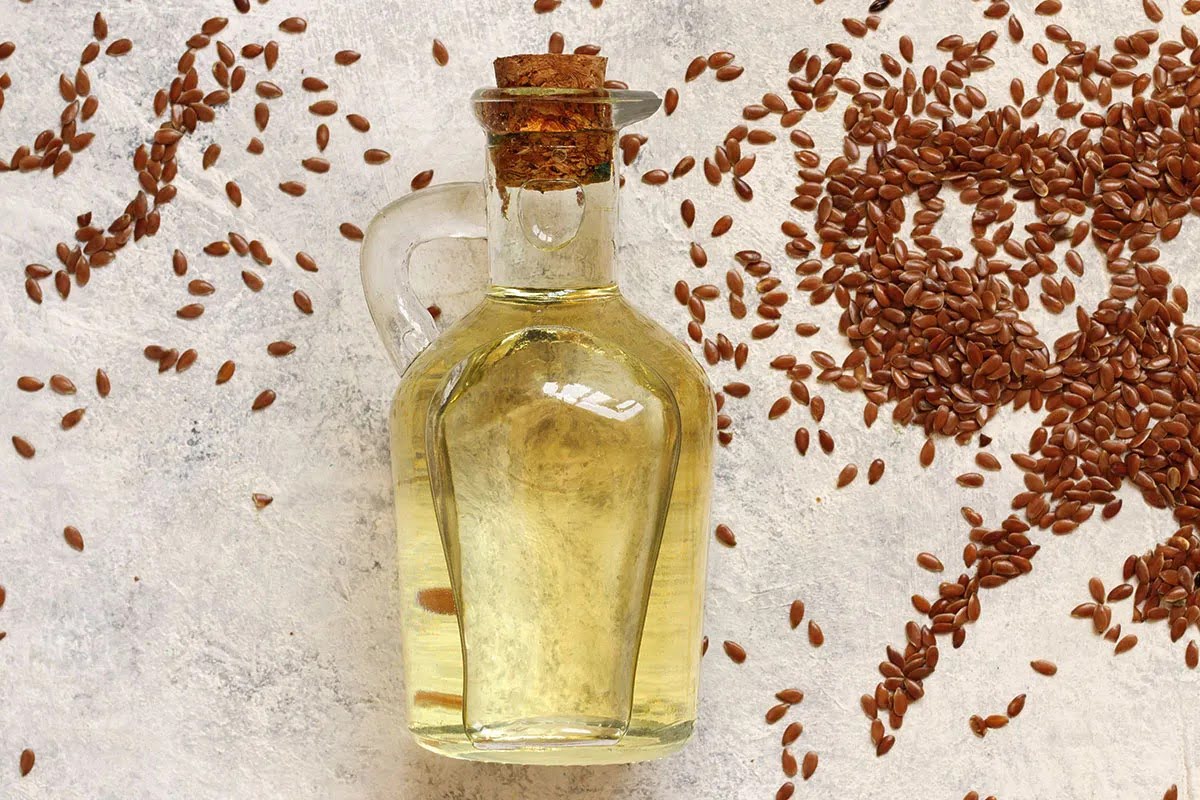
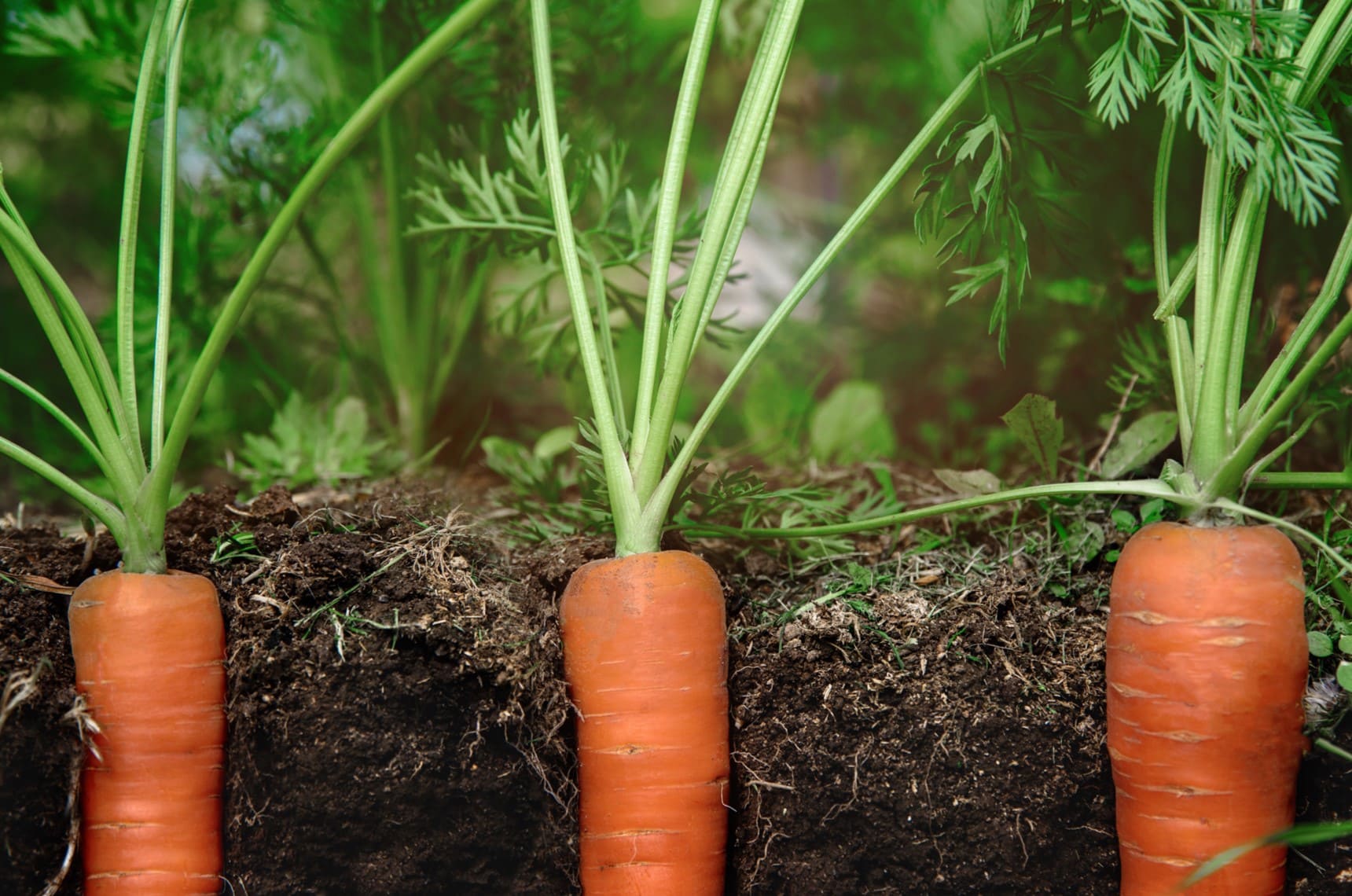
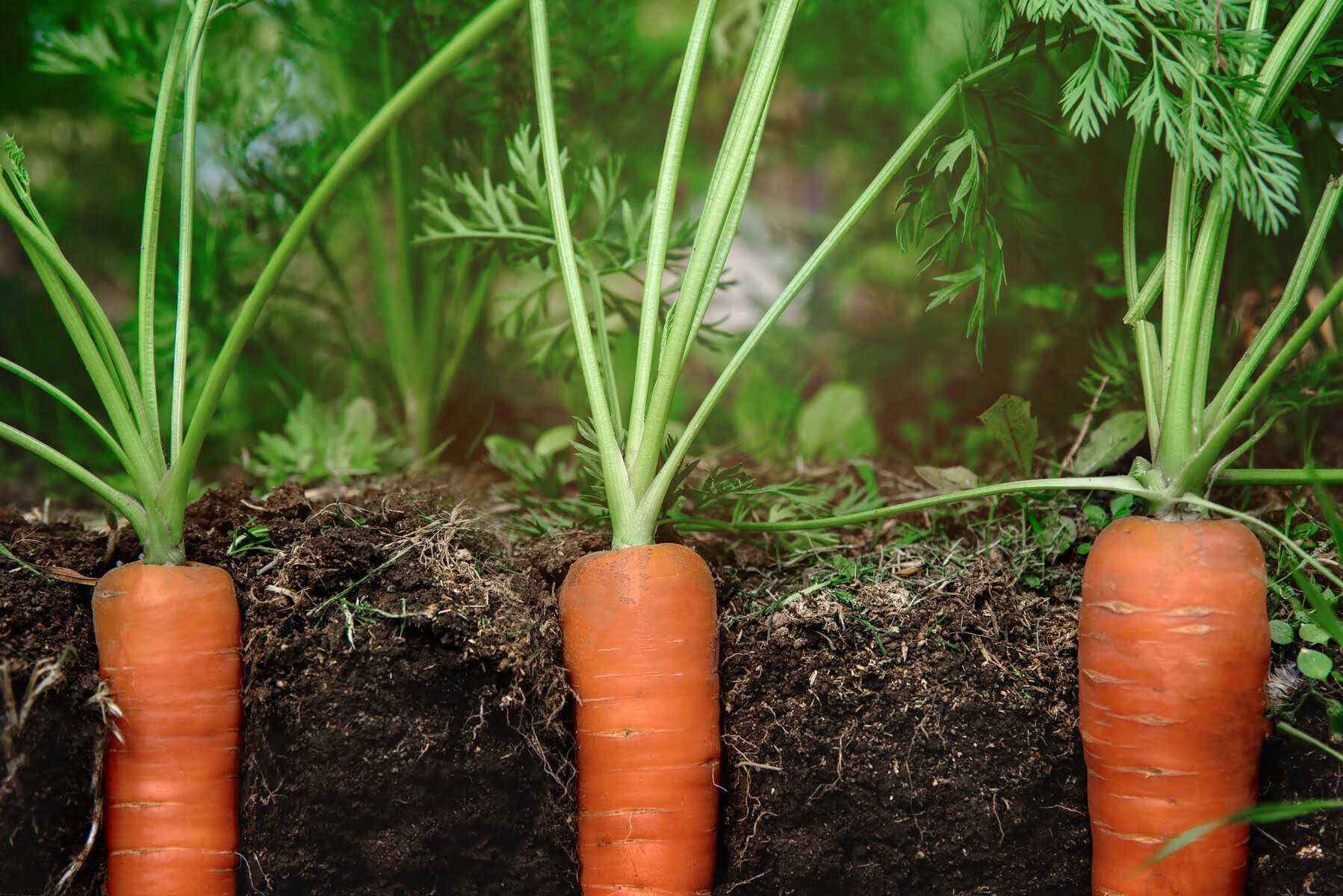
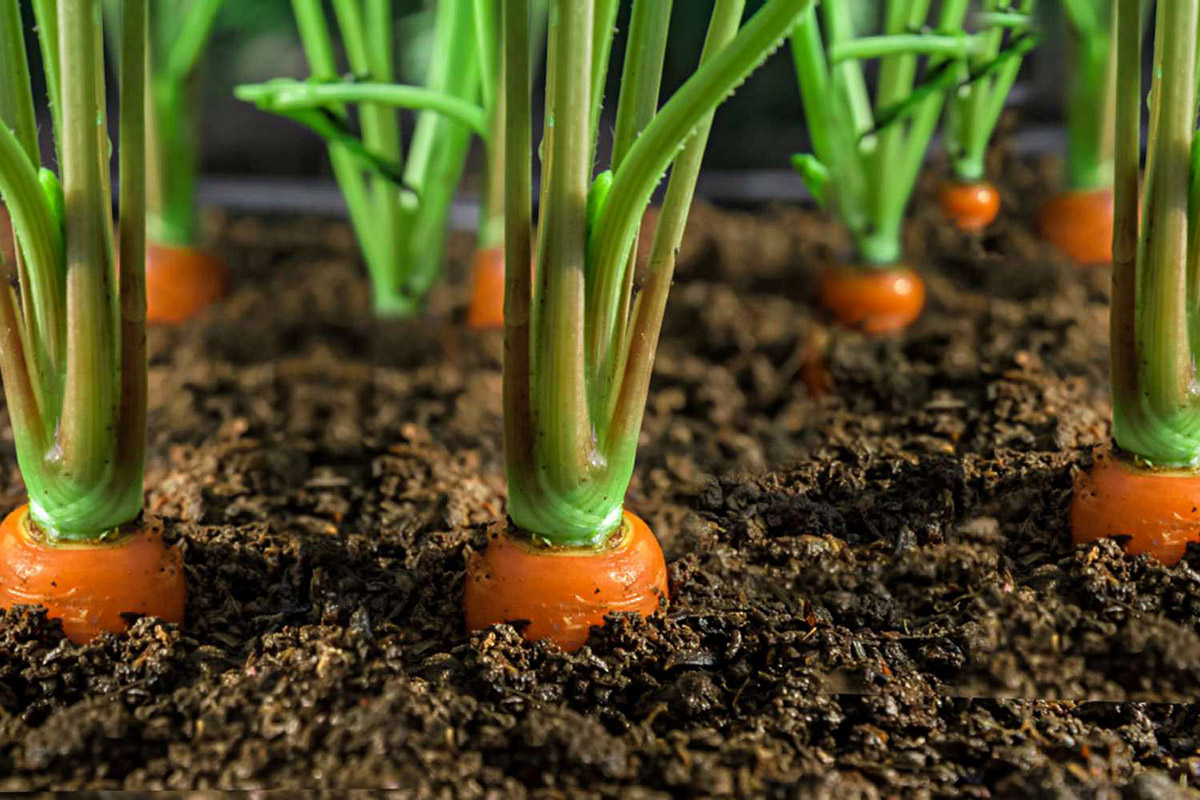
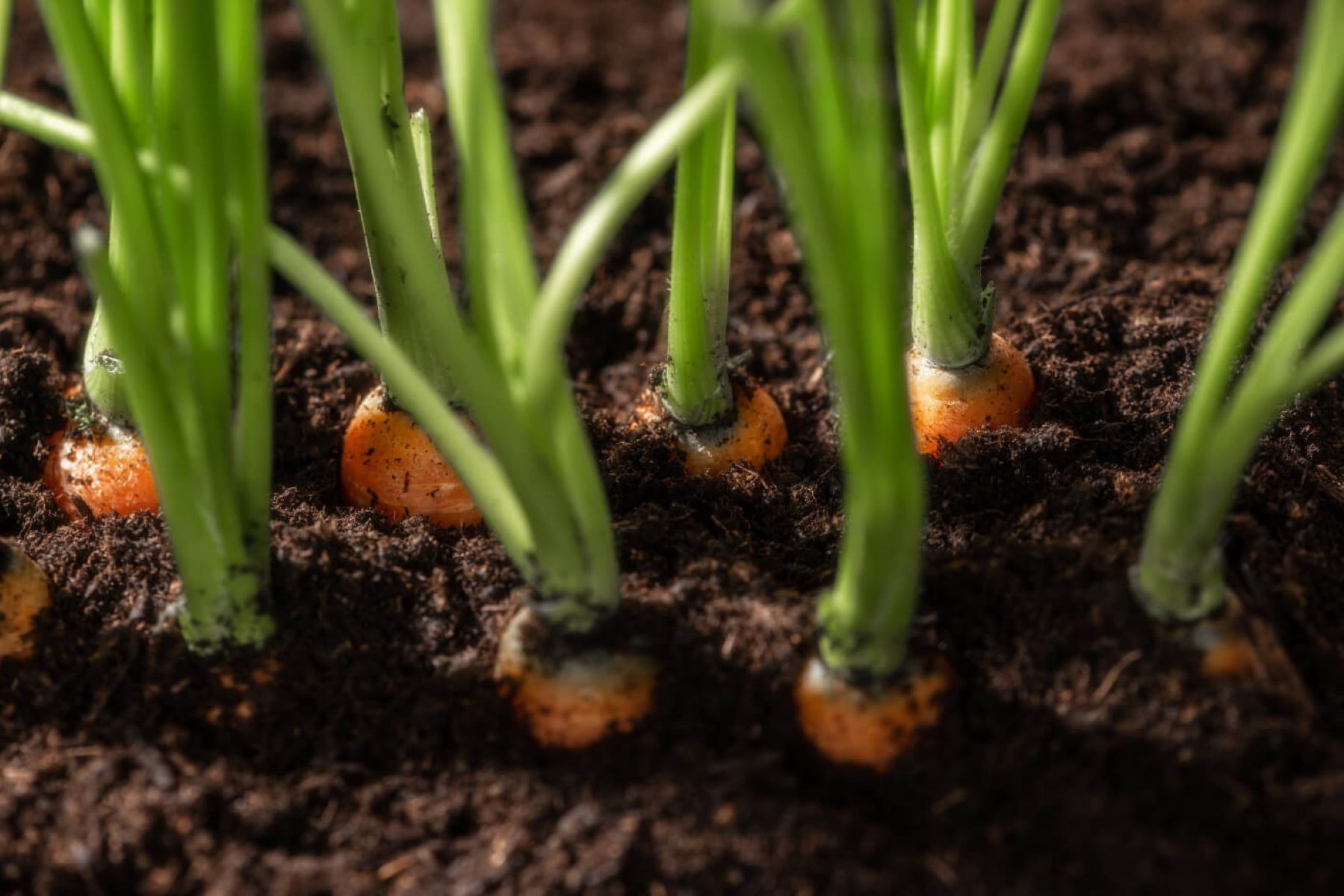
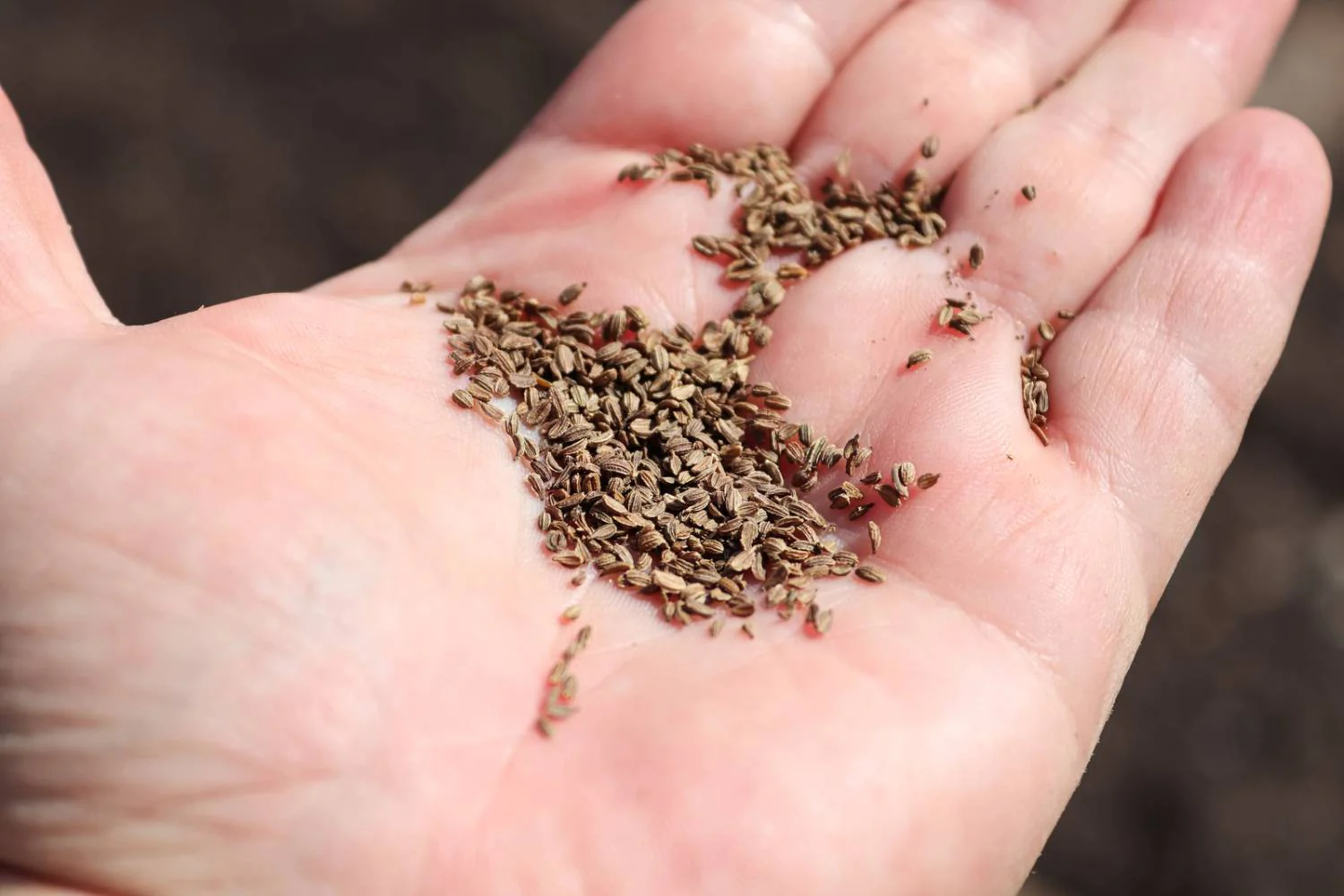
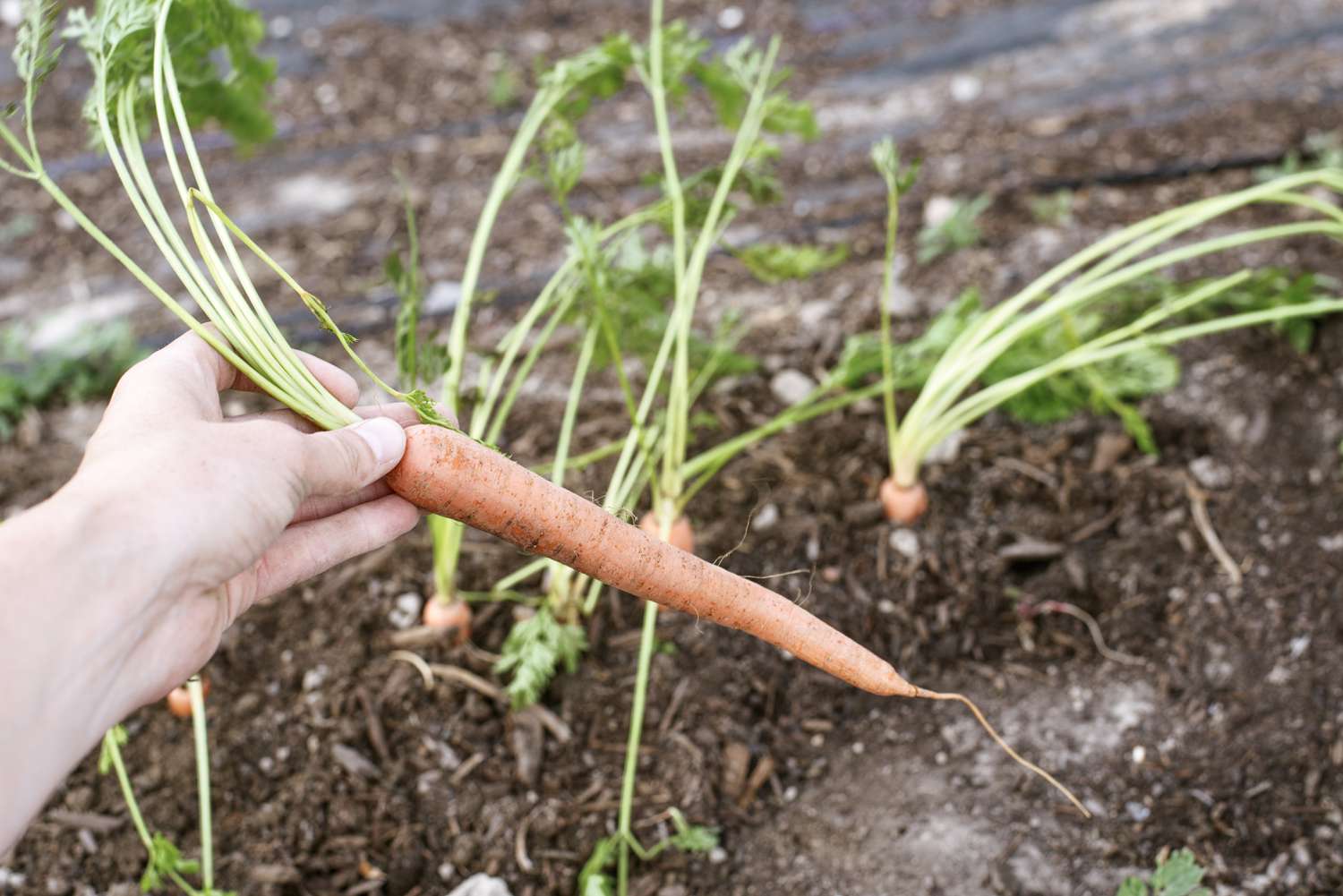
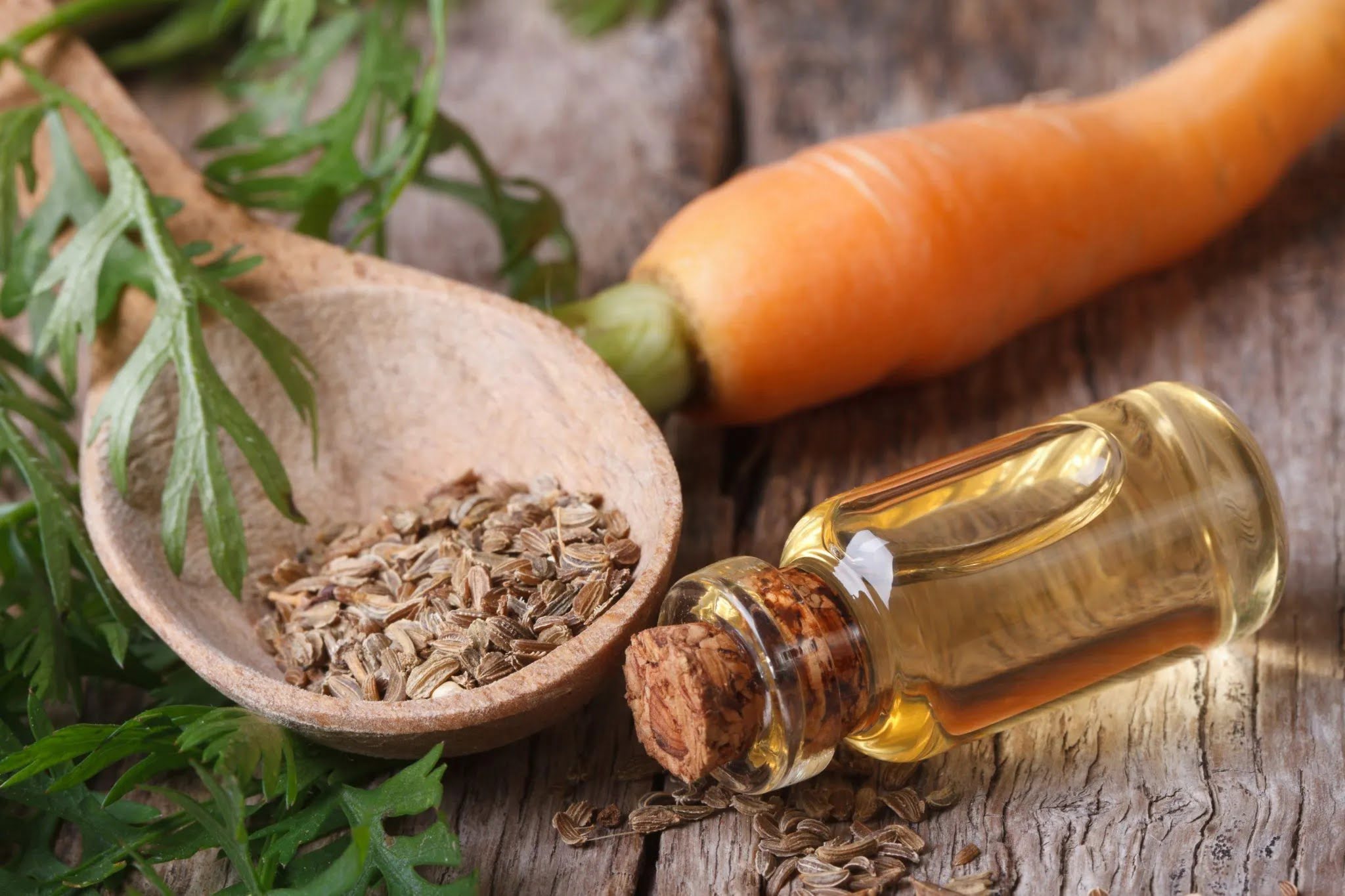
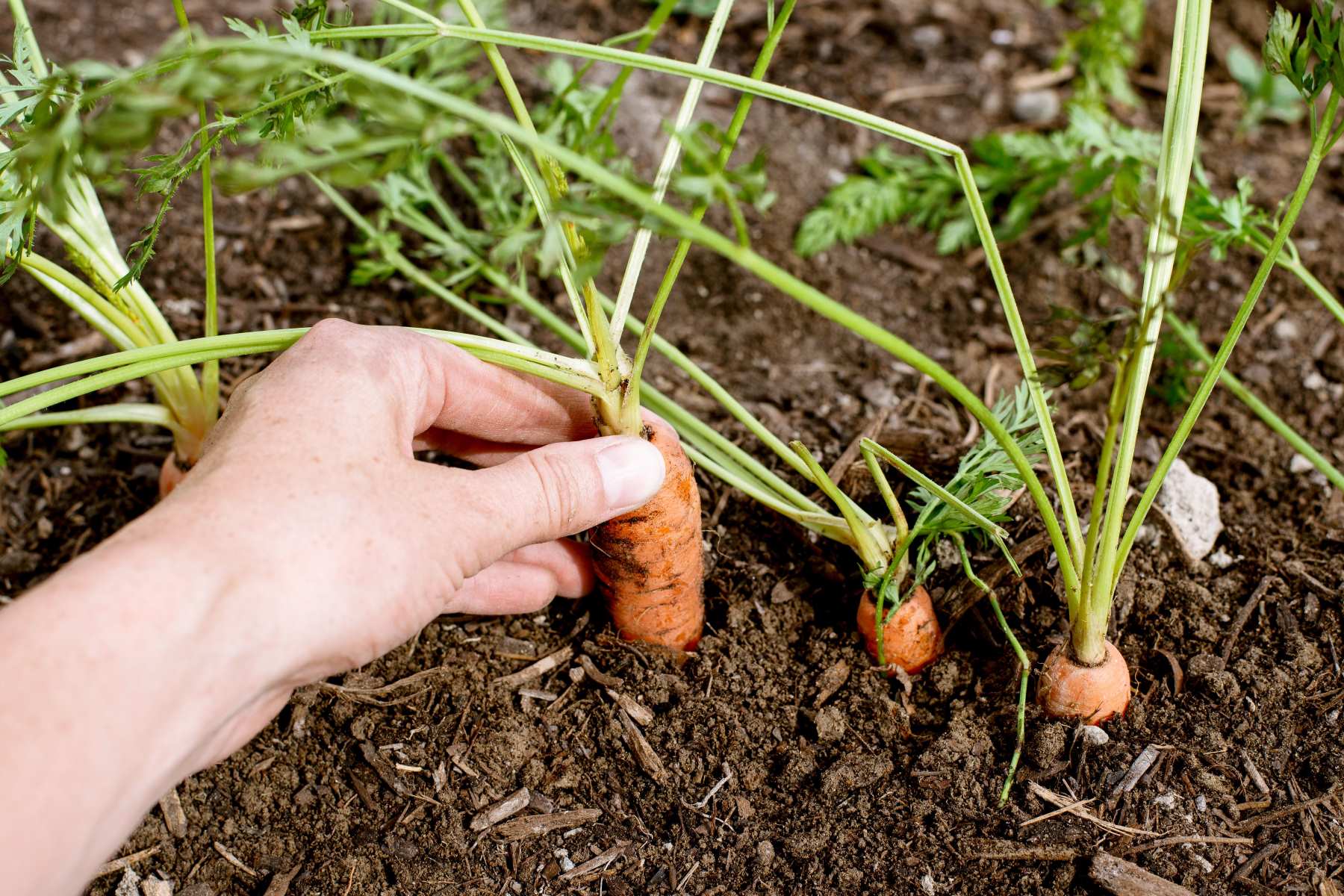
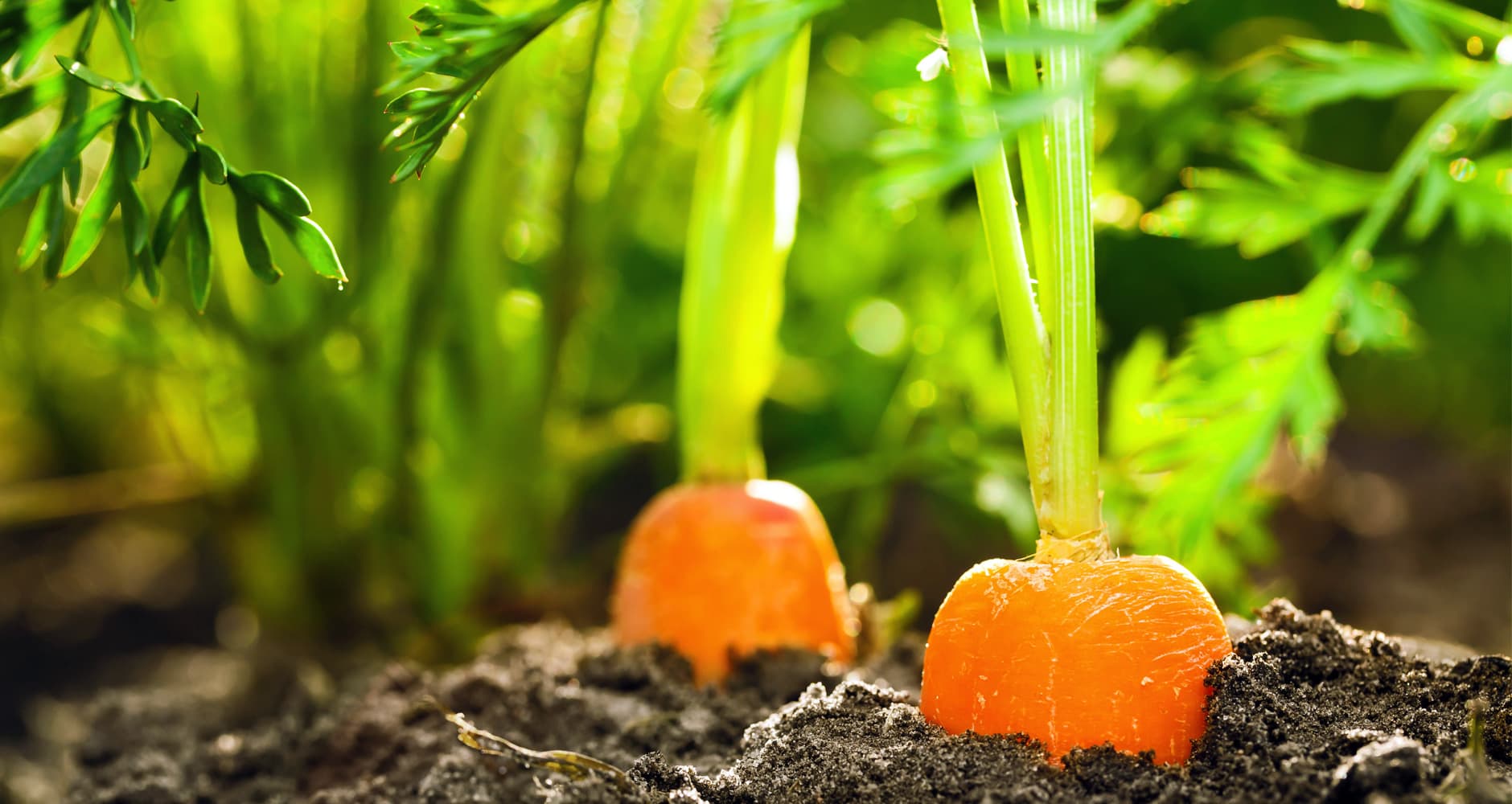
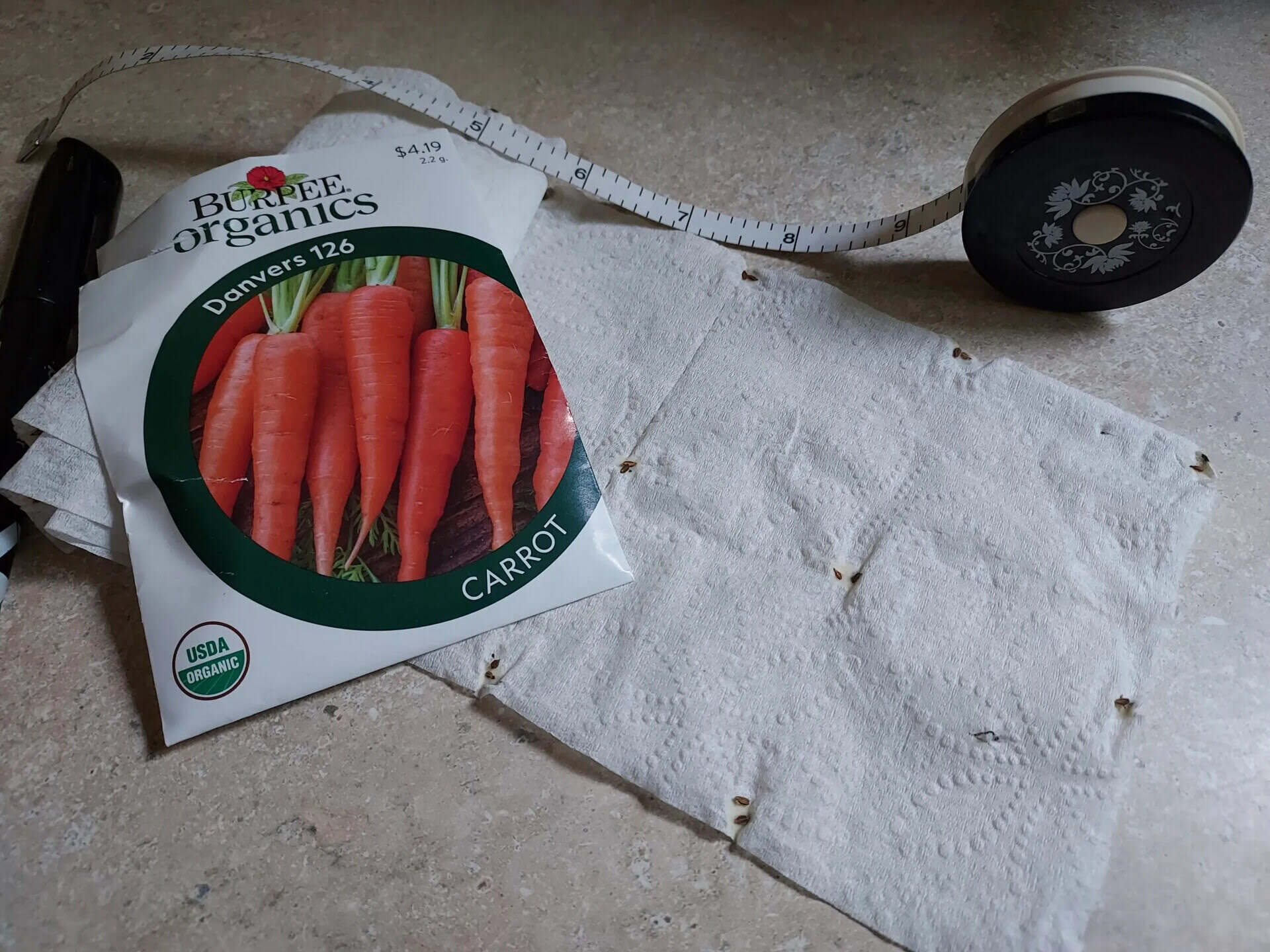
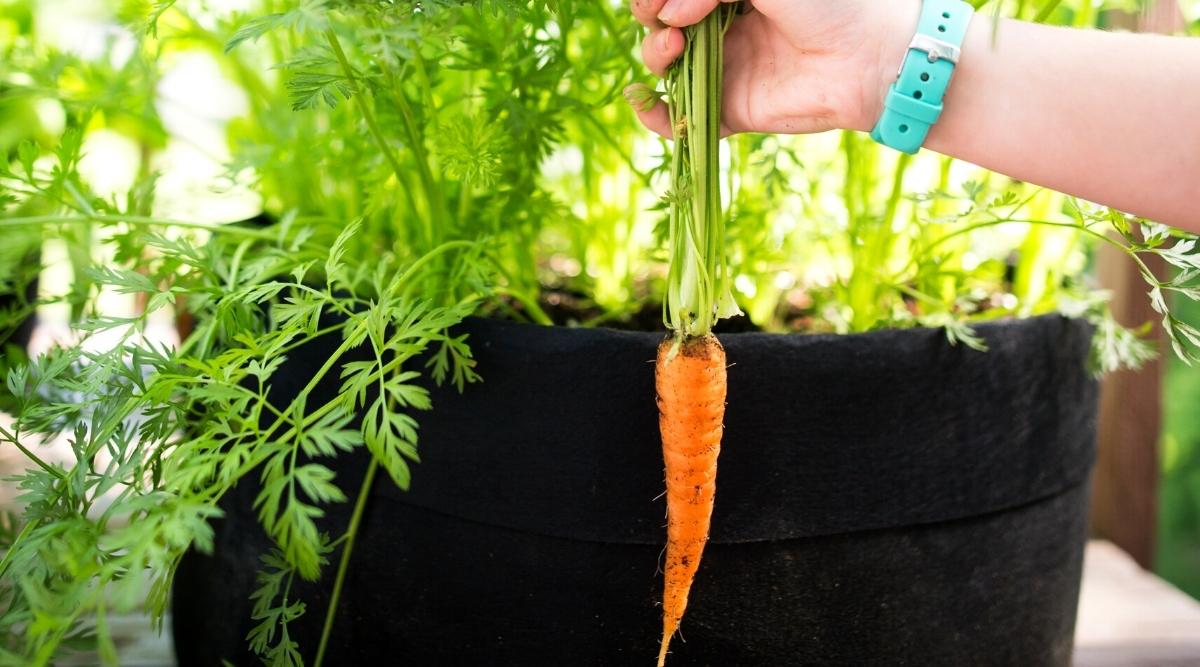

0 thoughts on “How Do Carrots Seed”